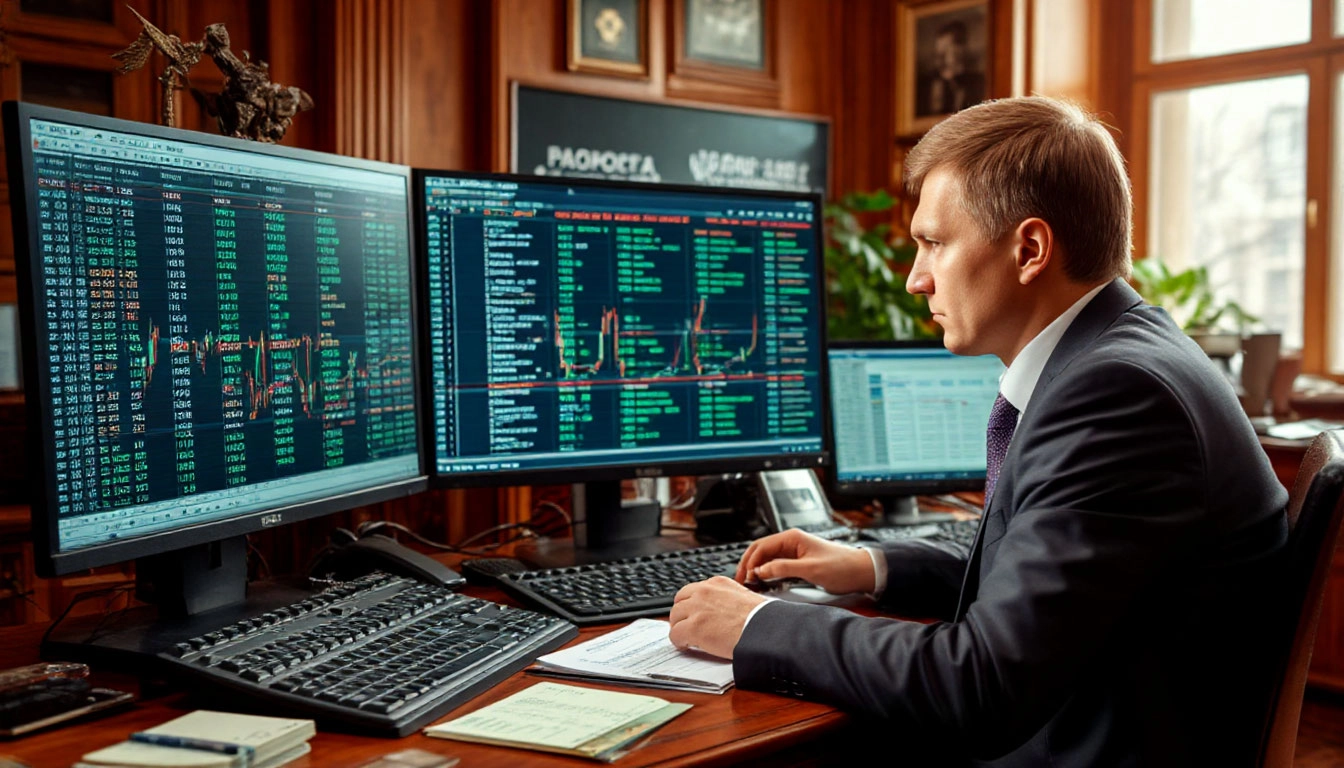5/20/25 Russia sets qualified investor minimum investor income at US$150,000
The Central Bank of Russia has set the minimum annual income threshold for obtaining the status of a Qualified Investor at ₽12 million (@US$150,000) according to Mikhail Mamuta, Head of the Russian regulatory body for the Protection for Consumer Rights and Ensuring the Availability of Financial Services. He was speaking on the sidelines of the NAUFOR Russian Stock Market 2025 conference.
The Qualified Investor status must be accompanied with educational criterion, an academic degree, or by passing a complex test.
QI Status
In order to obtain the status of a “Qualified Investor” in Russia, an application must be submitted to a broker, management company or trustee. From 2025, similar circumstances will also apply to forex dealers. The application the intermediary company requesting the investor to complete should be accompanied by documents confirming the right to getting such status. There is currently no unified register of qualified investors, meaning Russian brokers must validate and do their due diligence on prospective individuals.
To provide safeguards, a professional intermediary that allows a transaction with a complex instrument to be conducted by an unqualified investor may be deprived of its business license. If a stock market participant obtained the status unlawfully, conducted a transaction with an instrument of increased complexity and suffered a loss, they may demand compensation for financial losses from the broker. The broker is obliged to repurchase assets at their purchase price and compensate for the withheld amounts of transaction commissions. If the reason for the unlawful assignment of the status is the provision of false information or forged documents by the investor, any losses will not be reimbursed.
Russia’s Savings Market
The domestic Russian investor market has acquired a substantial financial pool of investment grade capital due to it being essentially cut off from Western financial services. Giving that capital the relevant outlets to help finance and develop the Russian economy is a key domestic strategy, as Russia continues to develop infrastructure projects on a national basis to assist with the pivot to the global south and non-Western markets. Many of these are Russian domestic projects, while others are key cross-border infrastructure requirements, such as infrastructure with China for example. Russia is keen to get Russia’s substantial private capital into financing its national development, such as via stock market listings.
Russian domestic savings, measured by the gross national savings rate, are forecast to increase between 2024 and 2029, averaging 28.95% in 2029 despite recent fluctuations. This suggests a trend of increased savings within the Russian economy. Additionally, household savings as a share of disposable income have shown a stabilization in savings behaviour, alongside increased attractiveness of bank deposits and real estate.
To compare, the current gross national savings rate in the EU is currently 12.7% and in the United States 17.2%. Russia’s gross national savings rate was 30.4% in September 2024.


 REAB Services
REAB Services

 News
News
 Useful tip
Useful tip

